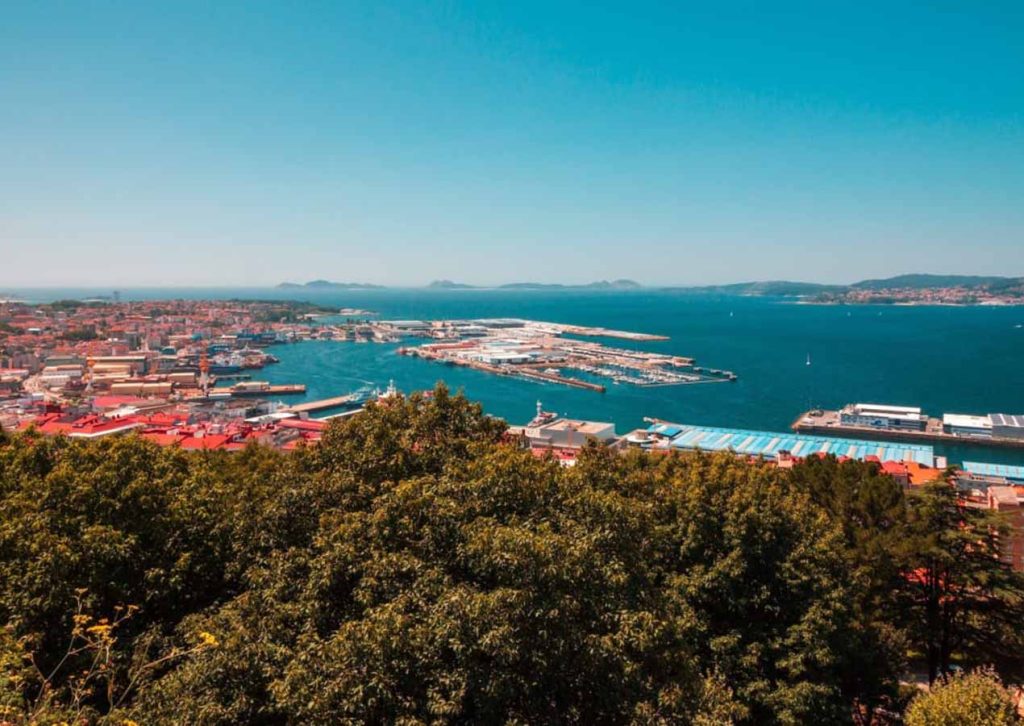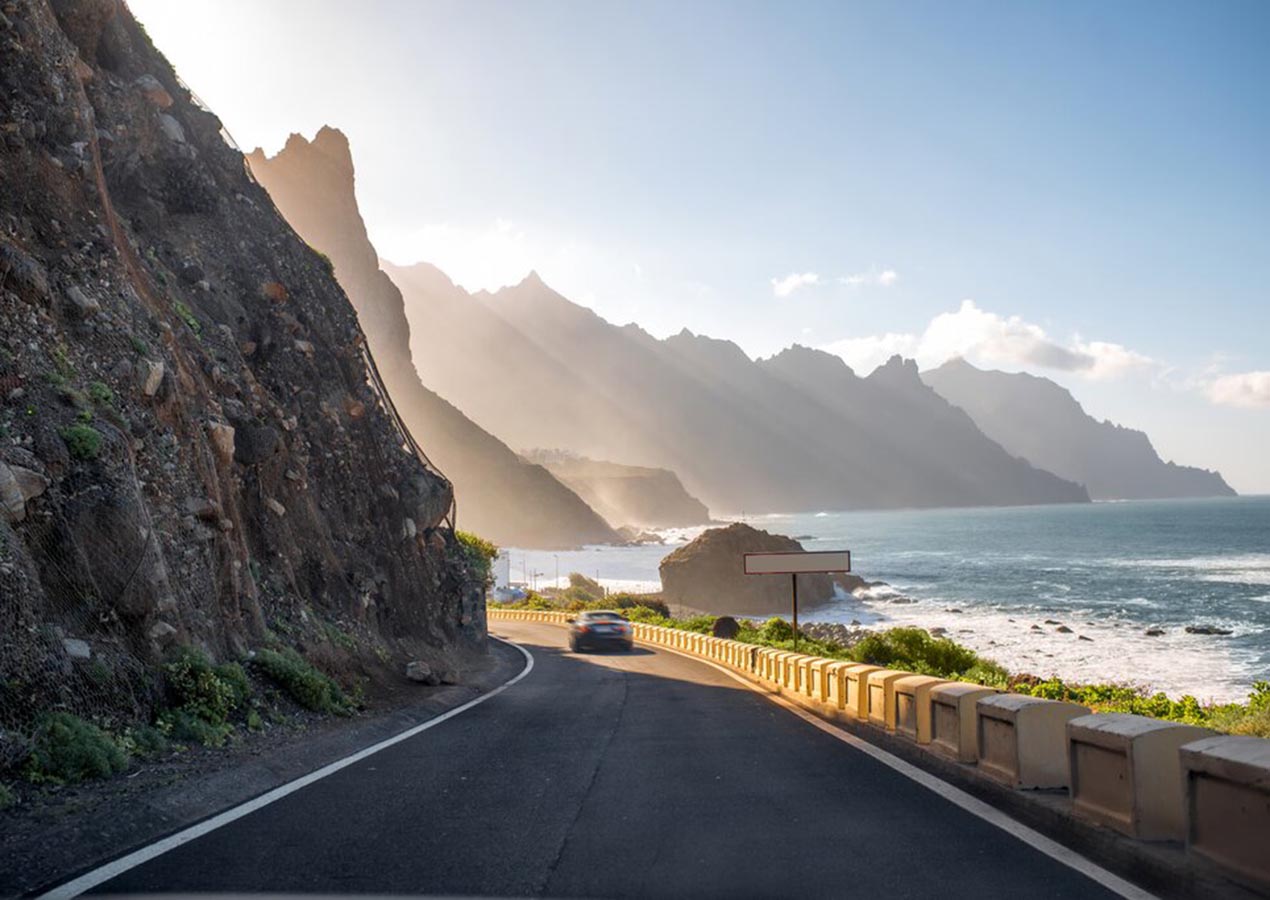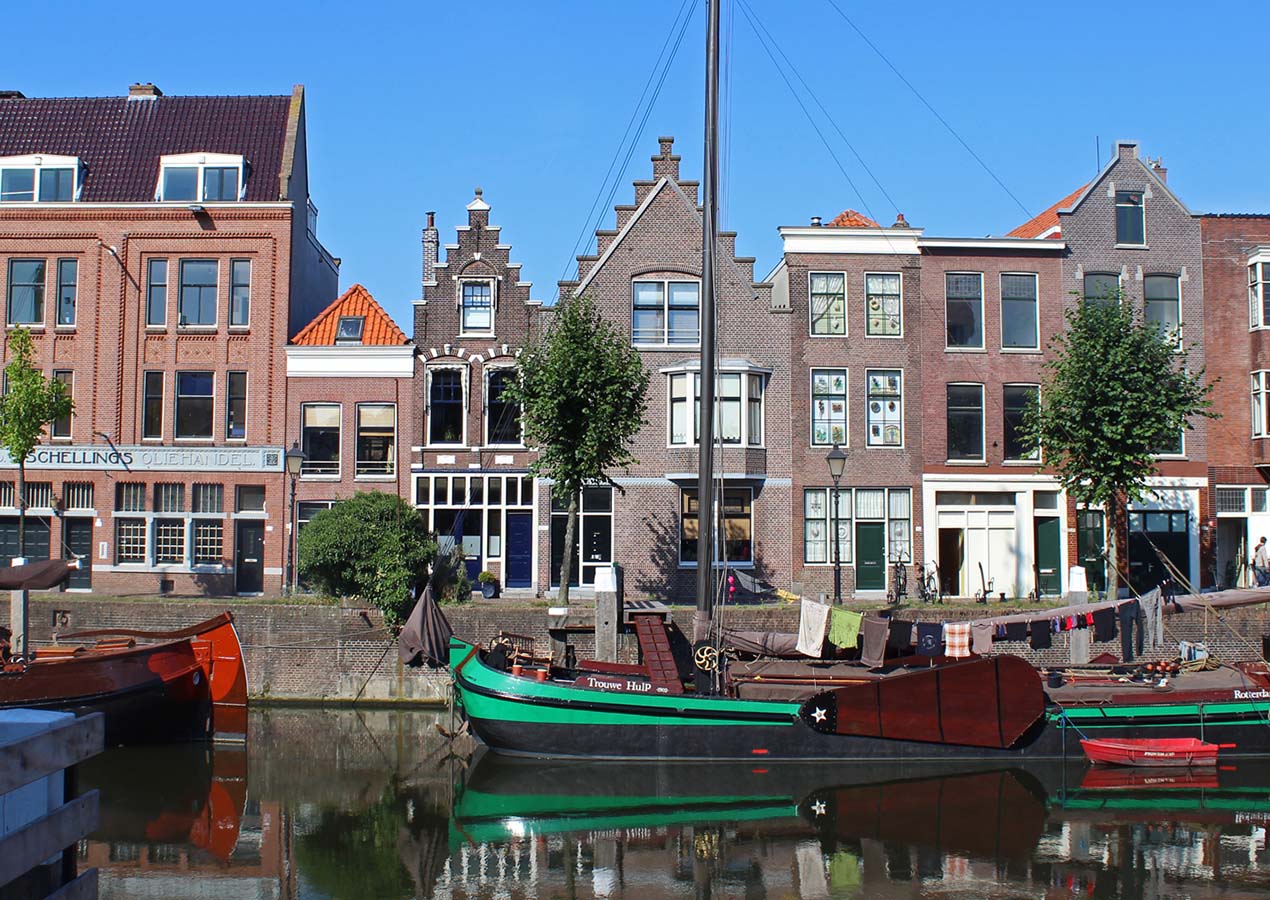If you’re planning a trip to Spain and are based in Portugal, you’ll quickly realize that a short drive can open up an entirely different world. I had the opportunity to drive from Braga, a charming city in the north of Portugal, to Vigo, an exciting Spanish city along the coast. The journey was both scenic and relatively simple, but there are a few things I learned along the way that made the trip more enjoyable and stress-free. In this post, I’ll guide you through how to drive from Braga to Vigo, share my experience renting a car, and highlight some useful tips for anyone considering self-driving in this region.
1. Why Drive from Braga to Vigo?
Before diving into the logistics, let’s talk about why driving from Braga to Vigo is such a great option. The distance between these two cities is around 90 kilometers (approximately 55 miles), which means the journey is perfect for a short road trip. The route takes you from the heart of northern Portugal to the vibrant coastal town of Vigo, which is located in the Galicia region of Spain.
By car, the entire trip can be completed in just about 1.5 to 2 hours, depending on traffic and your stops along the way. Not only is driving more convenient, but it also allows you to take in the stunning landscapes, rolling hills, and charming villages dotted between the two cities. For me, the journey itself was just as memorable as the destination.
2. Renting a Car for the Trip: Platforms and Options
Renting a car in Portugal and Spain is easy, but I recommend doing a bit of research to find the best options for your trip. I used Rentalcars.com, a platform that compares car rental prices from major providers and helps you find the most suitable car for your needs. They offer a wide range of vehicles, from compact city cars to spacious SUVs. The site is user-friendly, and I found booking my rental car incredibly straightforward. Plus, they allow you to pick up the car at one location and drop it off at another, which is great if you’re planning to explore multiple cities or countries.
Another option is Europcar, which is well-known across Europe for its extensive fleet and reliable service. I’ve had positive experiences with them in the past, and their customer service was always helpful in both Portugal and Spain. If you prefer a local company, Guerin is also worth checking out. They have several locations in Portugal, including Braga, and offer competitive prices.
In terms of car choices, I opted for a compact sedan. It was perfect for the relatively short drive and was fuel-efficient, which was great since I didn’t plan to drive long distances. If you’re traveling with family or a group, however, you might want to consider a larger vehicle, like an SUV or a minivan. The roads are generally in good condition, so I didn’t feel the need for a rugged vehicle, but having a little extra space made the trip more comfortable.

3. Picking Up the Car: First Impressions
Picking up my car in Braga was a smooth experience. The car rental office was located near the city center, and the staff was friendly and efficient. They gave me a quick overview of the car’s features and made sure I understood how the GPS system worked (which I was especially grateful for, as I wasn’t entirely familiar with the area). The car was clean, well-maintained, and ready to go. After double-checking the insurance details and signing a few forms, I was handed the keys and on my way.
4. The Route: Braga to Vigo
There are a few different routes you can take from Braga to Vigo, but I decided to follow the main highways for simplicity. The A3 motorway from Braga connects to the AP-9, which leads directly into Vigo. This is the fastest route, and it took me around 1.5 hours. Along the way, you pass through small towns and scenic countryside, so even though the drive is straightforward, there’s still plenty to see.
5. The A3 and AP-9: Highways and Tolls
The A3 is a well-maintained highway that runs through the rolling hills of northern Portugal. Once you cross the border into Spain, the AP-9 takes over, and you’re already on the road to Vigo. Be prepared for a few tolls along the way—both the A3 and the AP-9 are toll roads, and you’ll need to stop at toll booths to pay. The tolls are relatively affordable, but you should have cash or a credit card on hand to make payments.
If you’re planning to take this route, make sure you check the road signs as you approach the border crossing. You’ll pass through a few small towns, and there may be some changes in the speed limits as you enter Spain. Once you cross into Vigo, you’ll notice the landscape shift to coastal views, which is one of the highlights of the drive.
6. Scenic Stops Along the Way
Although the main highway route is fast and direct, I highly recommend making a couple of stops if you have the time. One of the first towns you’ll pass after Braga is Ponte da Barca. This picturesque town along the Lima River is perfect for a brief break. You can take a short walk along the river, snap some photos, or grab a coffee at one of the local cafés. The area has a peaceful, small-town charm that provides a nice contrast to the more modern city of Braga.
Another excellent spot to stop is Pontevedra, which is located just outside of Vigo. This charming Galician town is known for its old town, pedestrianized streets, and historical architecture. If you have time, consider taking a stroll through the medieval streets or stopping for a meal at one of the restaurants serving fresh seafood from the Atlantic.
7. Entering Spain: Crossing the Border
Driving from Portugal into Spain is seamless, and the border is not heavily marked, so it’s easy to miss. There are no passport checks or other procedures for EU citizens, which makes the transition from one country to the other almost invisible. However, you will notice the change in road signs, which shift from Portuguese to Spanish. The signs are easy to follow, and the GPS in the car was extremely helpful for navigating the last stretch of the journey.
8. Arriving in Vigo: The Coastal City

As you approach Vigo, the landscape begins to change from rural to coastal. The city is situated on the Atlantic coast, and you can spot the harbor and the water in the distance as you drive into the city. The roads around Vigo can be a little tricky, especially if you’re not familiar with the area. The city is built on hills, so expect some steep inclines and winding roads as you make your way toward the center.
One of the things I loved about driving into Vigo was the panoramic views of the Ría de Vigo, the estuary that stretches out to the Atlantic Ocean. You’ll see the islands scattered across the water and the city’s busy port in the distance. It’s an impressive sight, especially if you arrive during the late afternoon, when the sun casts a warm glow over the water.
9. Parking in Vigo
Parking in Vigo can be a bit challenging, especially in the city center, where spaces are limited and the streets can be narrow. I recommend using a parking garage or finding a designated parking area to avoid the stress of searching for street parking. Many of the hotels in Vigo offer parking, so if you’re staying overnight, it’s worth checking whether your accommodation provides parking options.
I parked in a multi-story garage near the Plaza de América area, which was a short walk from the city center. The garage was convenient, affordable, and secure, so I didn’t have to worry about my car while I explored the city.
10. Exploring Vigo
Once I had parked, it was time to explore Vigo. The city has a rich maritime history, and you can see traces of its seafaring past in its architecture, museums, and even in the food. Vigo’s old town is filled with narrow streets, squares, and cozy cafés, perfect for leisurely wandering. The Museo del Mar is a must-visit for anyone interested in the city’s deep connection to the sea. The museum offers a fascinating look at Vigo’s history and its role in the Atlantic fishing industry.
Vigo is also known for its seafood, so make sure to enjoy some pulpo a la gallega (Galician-style octopus) at a local restaurant. The city’s markets and harbors are packed with fresh seafood stalls, so if you’re a fan of seafood, you’re in for a treat.
The drive from Braga to Vigo is one of those journeys that perfectly blends convenience with adventure. The road trip itself was easy, the scenery was beautiful, and the destination, Vigo, is a fascinating city with a unique charm. Renting a car made the experience even better, giving me the freedom to explore at my own pace and take in the stunning landscapes between the two cities.
If you’re planning your own trip from Braga to Vigo, consider renting a car to make the most of your journey. And don’t forget to check out rental platforms like Rentalcars.com, Europcar, and Guerin for competitive rates and a wide selection of vehicles. Whether you’re in a rush or you have time to take it slow, this road trip is one that you won’t forget.




